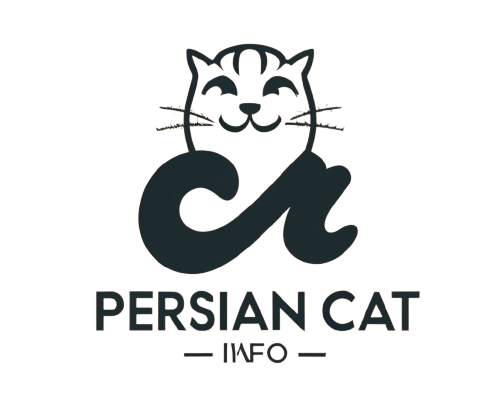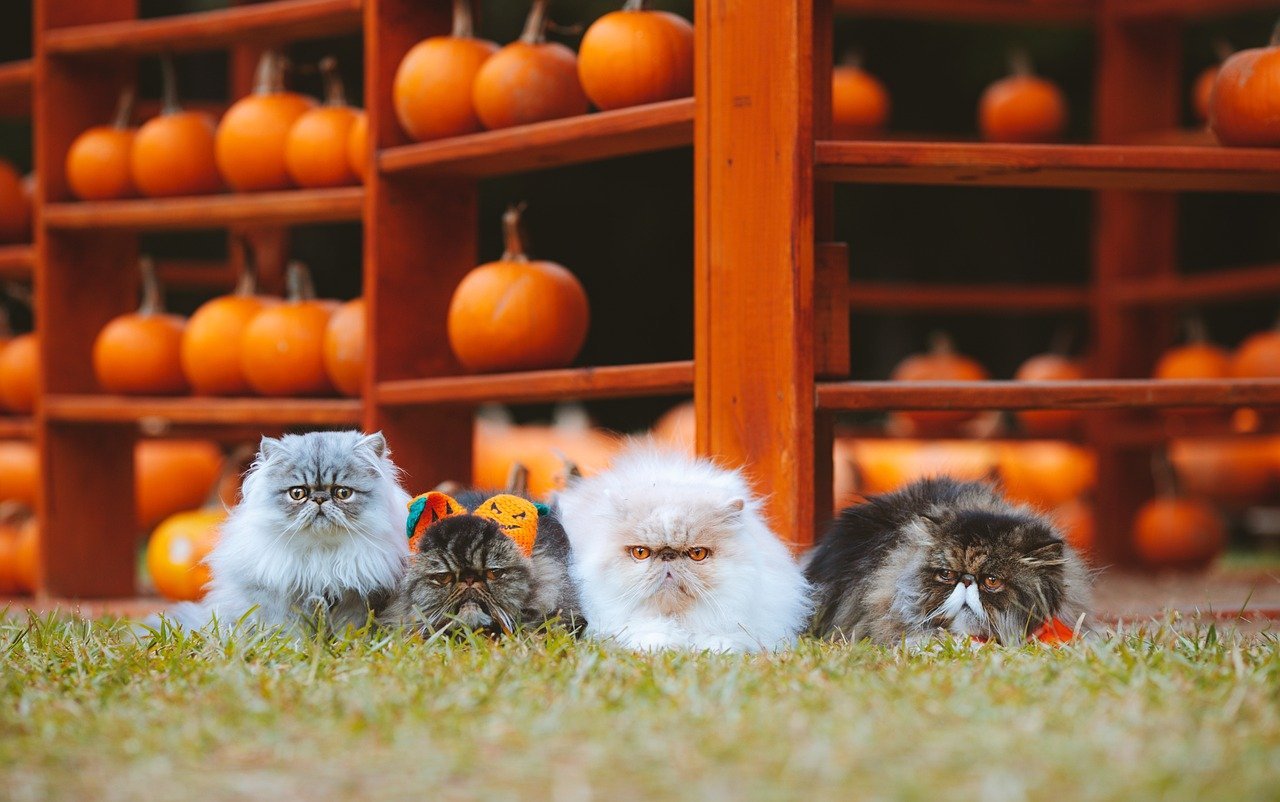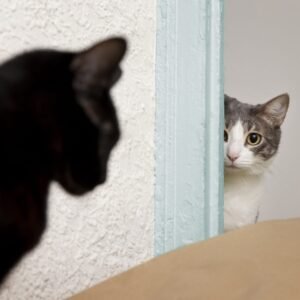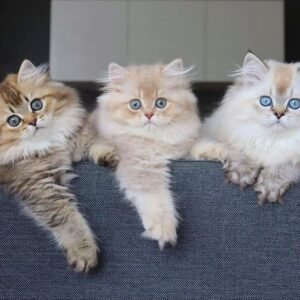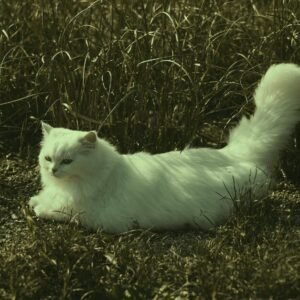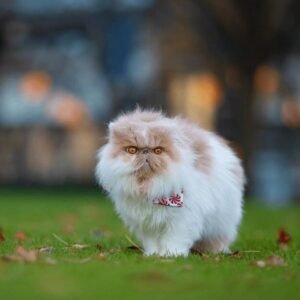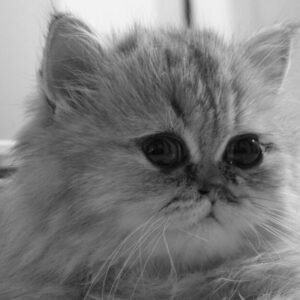The Persian cats are known as one of the oldest, popular, and beautiful breeds in the world. But have you ever heard that there are many varieties in which the Persian cat can be classified? All have their own distinctive feature and their own face type.
You may not know that there are doll face Persian cats, Peke faced Persian cats, chinchilla Persian, Teacup Persian, exotic short hair Persian
Don’t worry, we are going to walk through this together. Once you finish reading this guide you will have a better understanding of the different types of Persian cats.
Doll faced Persian
The Doll Face Persian cats are known as the traditional or original Persian cats. This variant is believed to be the original Persian cat.
They have a long, flowing coat. Their coats all seem to have a woolly undercoat and a long, hairy outer coat. Doll Face Persians have gentle and friendly personalities, making them popular pets for families.
In contrast to Peke-Faced Persian cats with squished facial features, the Doll Face Persian cat does not have extreme features. As a result of their long nose, the Doll Face cat is able to breathe easier than some other Persian cats since their nose extends outward.
Furthermore, these cats do not suffer from any of the health problems that are associated with this breed.
Peke faced Persian
This breed of Persian cats has similarities to the traditional doll-face Persian.This breed’s name comes from their similarities to Pekingese dogs. A genetic mutation causes the flat face in this Persian variation.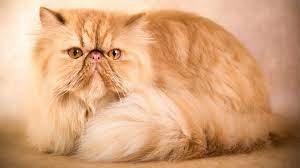
These cats have a square-shaped head, a small nose, and a long jaw. Unfortunately, because of their squished face, this breed has difficulty breathing. Many of these Peke-Face Persian breeds experience asthma and when they have a cold, it is almost impossible for them to breathe normally.
The flattened face can lead to breathing difficulties, snoring, and eye problems.
Exotic short-hair Persian
This variation has a flat face, large eyes, short hair, and full cheeks. They have a moderate facial structure, unlike the Traditional Persian cat. Unlike the doll-face Persian who have long hair that owners must groom, the Exotic Short hair Persian has short hair making it easier for them to groom themselves.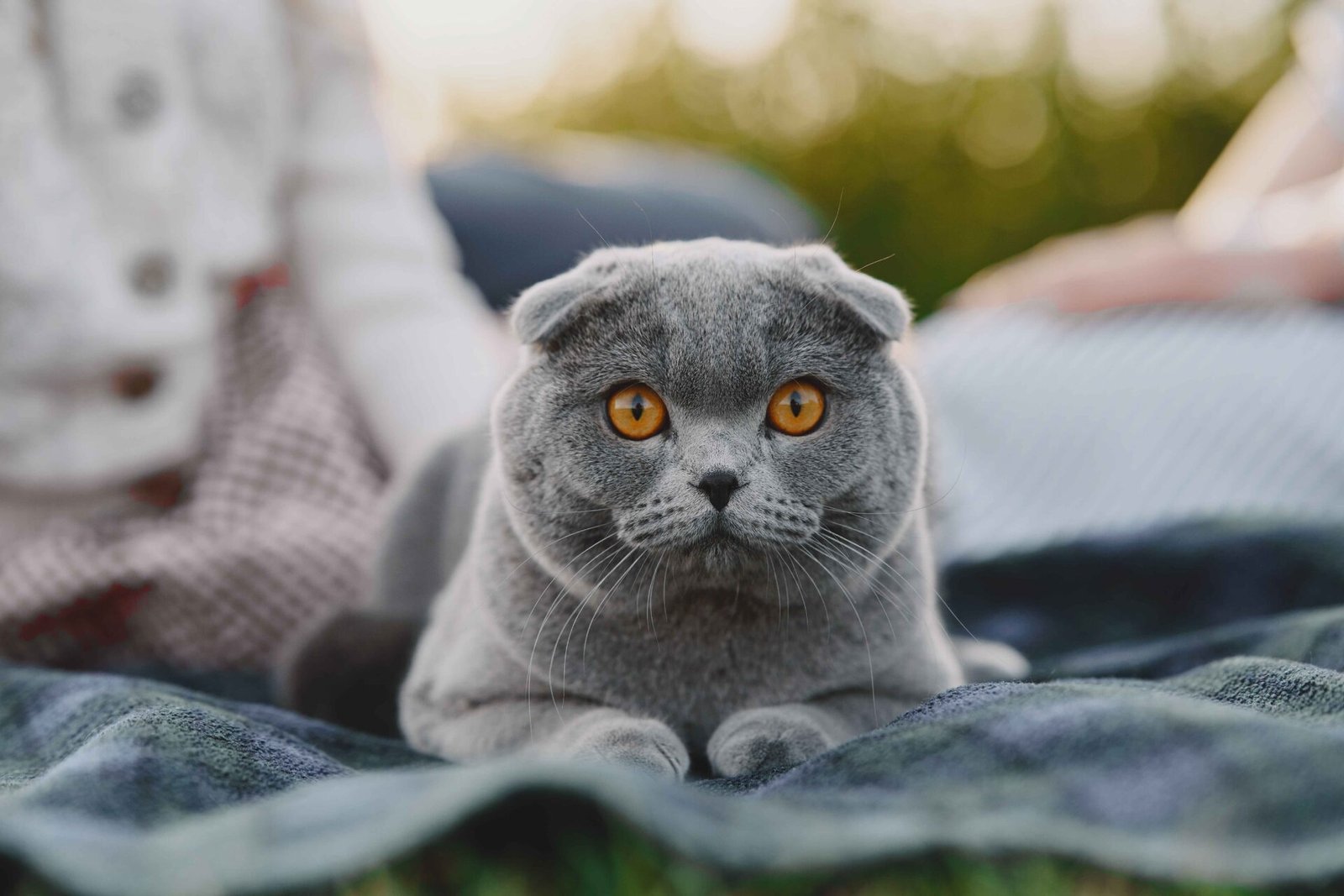
The Exotic Short hair is a cat breed closely related to the Persian. This variation exhibits the most typical Persian characteristics.
Exotic Shorthairs inherit the Persian’s calm and affectionate nature. Exotic Shorthairs may face respiratory challenges due to their short noses. They often have difficulty breathing and can exhibit tear duct drainage issues.
Teacup Persian
“Teacup Persian” is a term often used to describe extremely small Persian cats, typically weighing less than the standard size for the breed. They were specifically bred to be tiny, in fact, many breeders aim to produce the smallest Persian cats possible.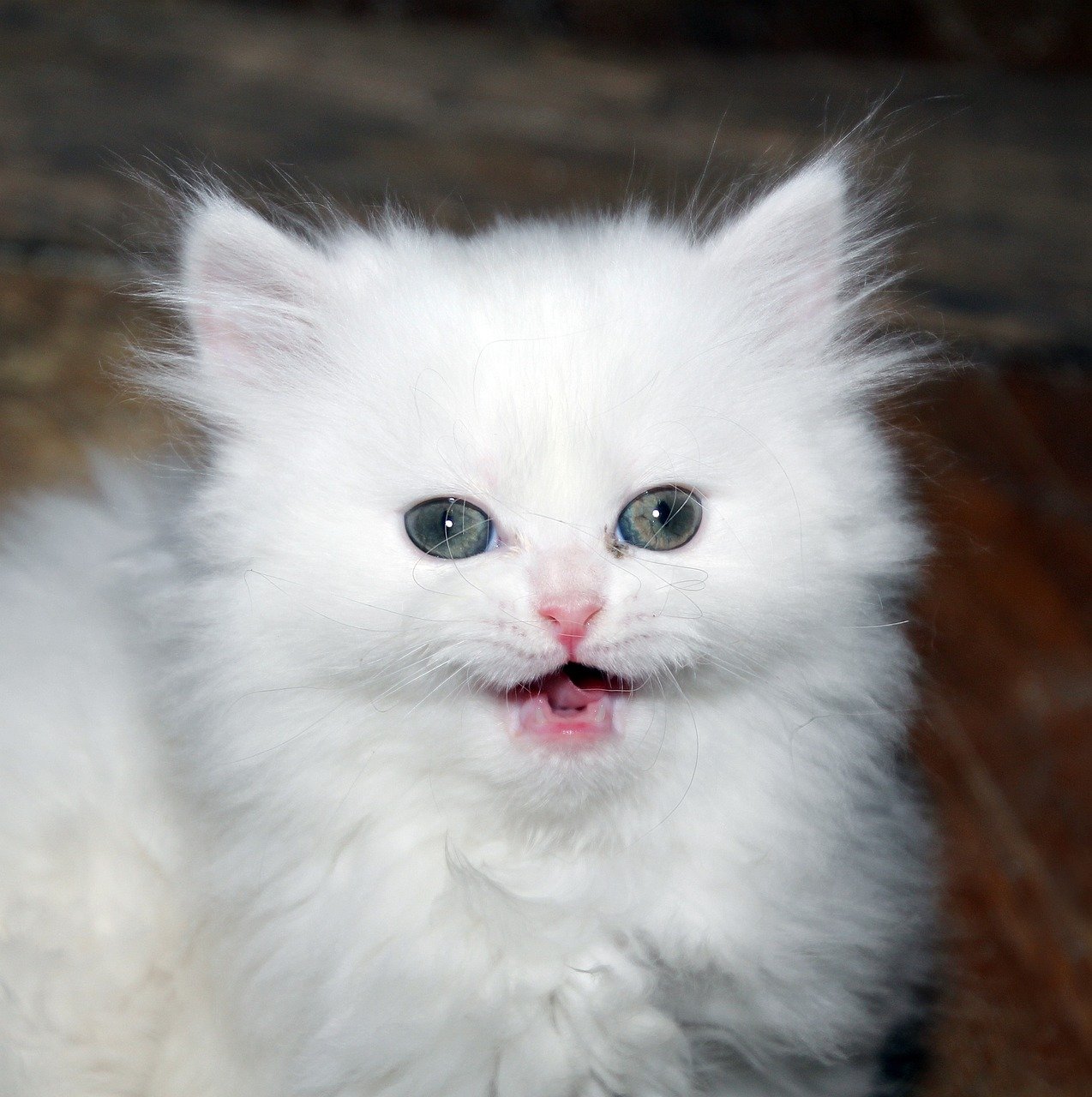
Full-sized Persian cats already experience a variety of health problems. Breeding for extremely small size can lead to various issues, including fragile health, susceptibility to illness, and a shorter lifespan.
Since the different Persian variations already have difficulty breathing, the teacup Persian has even more difficulty due to their small size.This is one of the highly bred variations, which comes with a very high price tag.
Chinchilla Persian
Chinchilla Persian cats are a very striking variation. These cats have thick, bushy coats. They were originally named after the South American rodent that also possesses a thick, white coat.
Chinchillas have a luxurious and eye-catching appearance, often described as ethereal and delicate. While there are a few different color variations, Chinchilla Persian cats are typically silvery white. Their doll-like eyes, lips, and nose are rimmed in black.
Chinchilla Persians share the same charming and calm temperament as other Persian cats, making them affectionate companions. Chinchilla Persians, with their distinctive silver-tipped coats, are prone to potential health issues typical of the Persian breed, including respiratory challenges due to their facial structure and dental concerns related to their flat faces.
Conclusion
While there is only one breed of Persian cats, over the years breeders have developed many variations of this breed. The distinction between the different variations is based on their face.
The original Persian cats have a round face and as a result, do not have difficulty breathing like the other variations. The other variations like the peke-face and teacup Persians have a flat face or squished face causing them to suffer from breathing problems.
The chinchilla Persian cat also suffers some respiratory problems and are very striking appearance.
